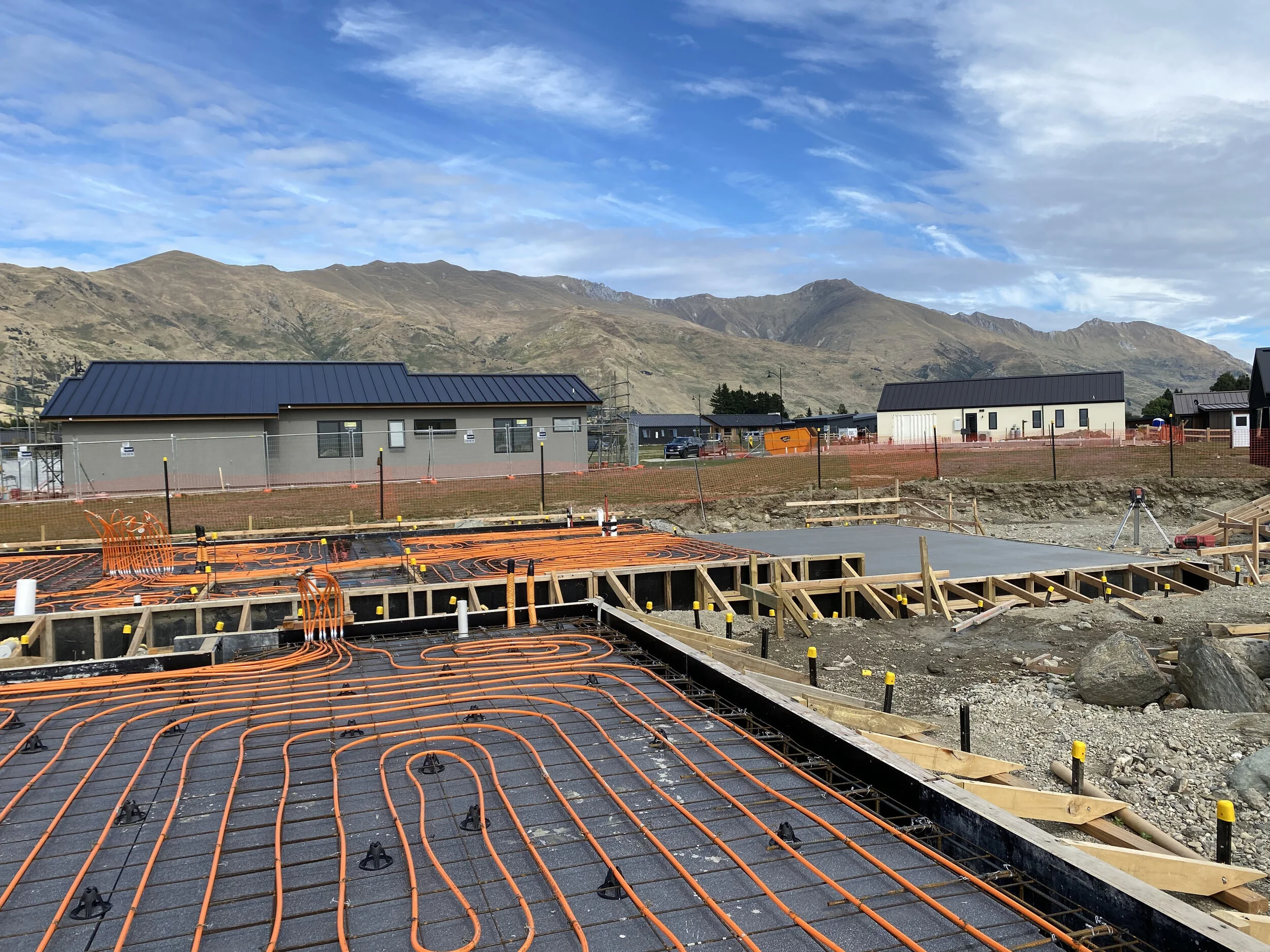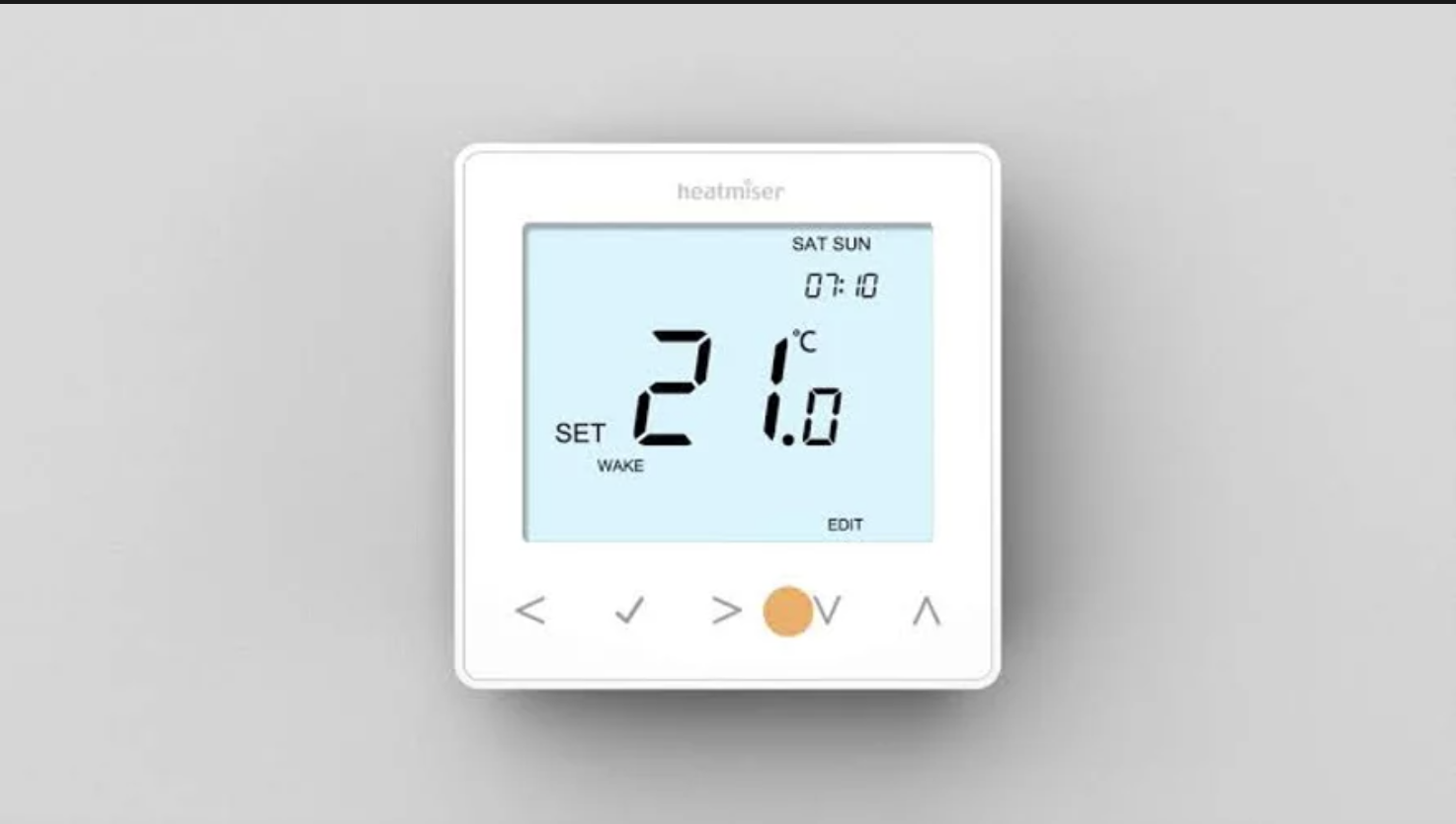All About Heating With Heat Central Wanaka
Let’s face it, living in Central Otago, heating is an important element to consider when you embark on your building journey. It can be confusing, so let’s take a deep dive into underfloor and radiation heating with Mark from Heat Central Wanaka.
Before we get started can you give us some insight into yourself and why you chose to get started in the heating industry?
A little bit boring, but I just went straight into it the day I left school (age 16) as my cousin was doing an apprenticeship as a heating engineer and he loved it. I always knew I was going to be a tradesman spending holidays as a kid labouring for a family friend who was a builder. My cousin helped decide which trade I was going to do. I did a 4 year apprenticeship and then decided it was time to see the world for 8 months. I actually came to New Zealand as a backpacker in 2010, and definitely knew I would one day be coming back to live. Since then I have had a few stints in the uk working for myself and British gas, travelled / chased the snow and continued to work in the heating industry wherever I have been.
For those of us who are agonising of the right heating system for our homes, can you tell us why we should choose underfloor heating / radiators?
Centrally heating your home with underfloor heating / radiators gives you a consistent heat throughout your whole home. This constant temperature is far more healthy than the dramatic changes in the classic kiwi home with a fire / heat pump in the lounge and the rest of the home not being heated. Centrally heating your home gives a consistent temperature that ducted systems can't match, ducted systems also blow dust and other dirt around your home. Another huge positive is how little labour these systems take i.e chopping wood and getting your cold house nice and warm.
We have often heard clients say that they couldn’t just have underfloor heating and would need alternative heat sources like a fireplace etc. What are your thoughts on this?
We design our systems through heat load calculations so that your home is warm all the time even through 2 week long inversions. You definitely can just have underfloor heating although it is nice to have a fire in the shoulder seasons when you get a cold snap which takes you by surprise, we know is not uncommon even in the height of summer.
I personally also like the atmosphere of having a fire too. People often have a fire installed as well, thinking it would get a lot of use and soon realise they barely use it now they have central heating.
For those clients who are not permanently living in the property are there apps which allow the heating to be controlled from afar?
Absolutely, all the systems we install have the ability to be used remotely via an app. These systems can be easily integrated into clients home automation systems as well. We find clients who have the app stop using the room thermostats and only control the system via the app.
What are some of the trickiest aspects of getting the heating systems right?
The trickiest aspects of getting the heating right are the controls and design. We do all the controls in house as Steve is a qualified electrician, having a deep understanding of the systems helps greatly when wiring the systems. Often this is the part that suffers as the plumber hands over to the electrician a lot gets lost in translation. The design is a huge part of getting it right too as you are governed by the output of the pipes put in the slab. Every job we do gets a full heat loss calculation, this leads to better running costs and we can also save money on the install as we don’t oversize units to be safe. We size what is necessary.
Is there anything really important when considering this type of heating system that will help the system be more efficient? ( for example insulation etc )
When building lots of things can help the system be more efficient. An insulated slab is essential as without one you are pouring heat and money into the ground, maxraft and ribraft work very well with underfloor heating and make the system very responsive. Again the more you insulate your house the cheaper your running costs will be. When doing the design we see a big difference in heat loss when choosing the right windows, low e windows make a big difference. The better you insulate your home means we can go smaller with the size of heat pump as the demand for heat is less and the running costs will be cheaper too.
Do you have a favourite project you have worked on?
One of my favourites is a job we are currently doing at Forest Lodge Orchard. Mike has been doing some great work down there becoming the first orchard in NZ not using diesel for frost fighting. Mike has the whole operation running from solar however his house underfloor was still being run from a diesel boiler and the hot water from gas califonts. We have removed the diesel boiler and gas califonts to replace them with a combined unit from Stiebel Eltron. This is a combined buffer tank and hot water cylinder, it does the heating and hot water for the whole house and is being supplied from an air to water heat pump. The excess solar generated will run this system. It's great to be involved in such forward thinking projects like this and definitely keep your eye out for Mike as he is making big changes within his industry.
Are there any other fun facts we should know?
Fun facts - the Romans were the first people to be using underfloor heating creating voids under the floor and passing warm air through them.


